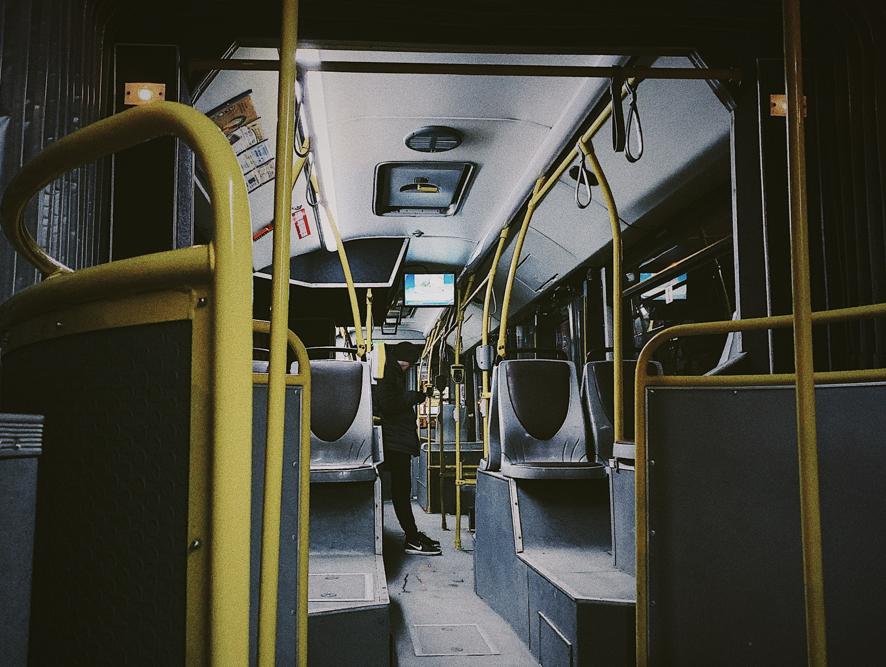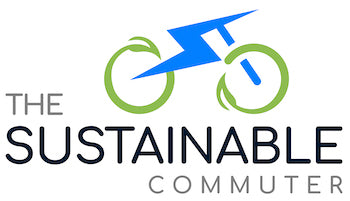
Bus Rapid Transit (BRT) Systems: Efficient and Reliable Public Transportation
Share
Public transportation plays a crucial role in the sustainable development of cities.
As urban areas continue to grow and face increasing congestion, finding efficient and reliable transportation solutions becomes paramount. One such solution that has gained popularity in recent years is Bus Rapid Transit (BRT) systems. This blog post will explore the advantages of BRT systems, the challenges they face, and how companies like [Company Name] are helping to make them more sustainable.
What are Bus Rapid Transit (BRT) Systems?
Bus Rapid Transit (BRT) systems are a form of public transportation that combines the efficiency and speed of a light rail or metro system with the flexibility and lower cost of buses. They are designed to provide a higher level of service than traditional bus systems, offering faster travel times, more frequent service, and improved passenger amenities.
BRT systems typically operate on dedicated bus lanes or separate rights-of-way, allowing for faster travel speeds and reduced congestion. They also feature stations with level boarding platforms, pre-paid fare collection, and real-time information systems, making the boarding process more efficient and convenient for passengers.
Benefits of BRT Systems
BRT systems offer a range of benefits that make them an attractive option for cities looking to improve their public transportation infrastructure. Some of the key advantages include:
- Cost-effectiveness: Compared to building new light rail or metro systems, BRT systems are significantly cheaper to implement. They require less infrastructure investment, making them a more cost-effective option for cities with limited budgets.
- Flexibility: BRT systems can be easily adapted and expanded to meet changing transportation needs. They offer the flexibility to adjust routes and services based on demand, ensuring that the system remains efficient and responsive to the needs of the community.
- Reduced congestion: By providing dedicated bus lanes or separate rights-of-way, BRT systems help reduce congestion on city streets. This not only improves travel times for BRT passengers but also benefits other road users by reducing overall traffic congestion.
- Improved air quality: BRT systems contribute to improved air quality by reducing the number of cars on the road. By providing a convenient and reliable alternative to private vehicles, BRT systems can help reduce emissions and improve the overall environmental sustainability of a city.
- Enhanced accessibility: BRT systems are designed to be accessible to all passengers, including those with disabilities. They feature level boarding platforms, wheelchair ramps, and other amenities that make it easier for everyone to use the system.
Challenges Facing BRT Systems
While BRT systems offer numerous benefits, they also face several challenges that need to be addressed for their successful implementation and operation. Some of the key challenges include:
- Planning and design: One of the main challenges in implementing BRT systems is the planning and design phase. It requires careful consideration of factors such as route selection, station locations, and integration with existing transportation infrastructure. Effective planning and design are crucial to ensure that the system meets the needs of the community and operates efficiently.
- Implementation: Implementing a BRT system involves coordination between various stakeholders, including government agencies, transit authorities, and community organizations. It requires strong leadership, effective communication, and collaboration to overcome the complexities associated with infrastructure development and operational management.
- Integration with other modes of transportation: BRT systems need to be integrated with other modes of transportation, such as light rail, metro, and bike-sharing systems, to provide seamless connections for passengers. This requires coordination and cooperation between different transportation providers, as well as the development of interoperable fare collection systems.
- Public perception and acceptance: The success of a BRT system depends on public perception and acceptance. It is important to educate the community about the benefits of BRT systems and address any concerns or misconceptions they may have. Public engagement and involvement are crucial in building support for the system and ensuring its long-term success.
Making BRT Systems Sustainable
To ensure the long-term sustainability of BRT systems, it is important to address their environmental impact and reduce their carbon footprint. Several strategies can be employed to make BRT systems more sustainable:
- Reducing carbon emissions: BRT systems can contribute to reducing carbon emissions by replacing private vehicle trips and reducing overall traffic congestion. To further enhance their environmental sustainability, BRT systems can transition to electric or hybrid buses, which produce lower emissions compared to diesel-powered buses.
- Employing energy-efficient technologies: BRT systems can incorporate energy-efficient technologies to reduce their energy consumption. This can include the use of energy-efficient buses, energy recovery systems, and efficient lighting and HVAC systems at stations. Additionally, the integration of renewable energy sources, such as solar panels, can help further reduce the carbon footprint of BRT systems.
- Partnerships with sustainable companies: Companies like [Company Name] play a crucial role in developing sustainable BRT systems. They provide expertise and technologies that help improve the energy efficiency and environmental performance of BRT systems. By partnering with such companies, cities can benefit from their knowledge and resources to make their BRT systems more sustainable.
Conclusion
Bus Rapid Transit (BRT) systems have emerged as an efficient and reliable solution for improving urban transportation. They offer the benefits of a rapid transit system at a fraction of the cost, making them an attractive option for cities worldwide. However, BRT systems face challenges in planning, design, and implementation. By addressing these challenges and incorporating sustainable practices, BRT systems can become even more efficient and reliable, providing faster and more sustainable public transportation for communities.
